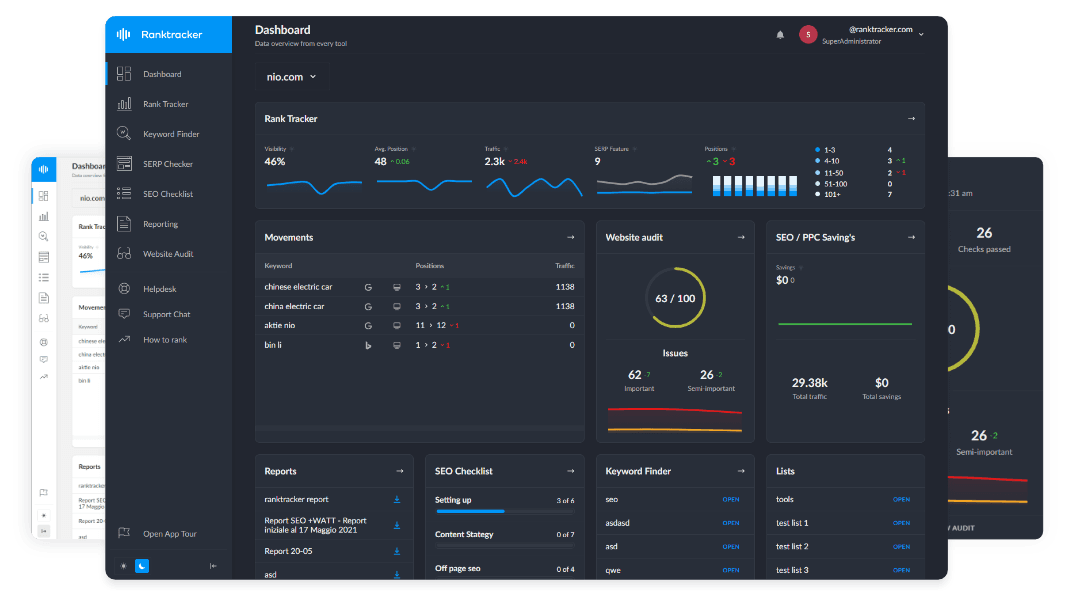Intro
Link building is a crucial aspect of search engine optimization (SEO), and in East Asia, a region with diverse digital landscapes and search engines, it requires a localized approach. Google is widely used in Japan and South Korea, while Baidu (China) and Naver (South Korea) are dominant in their respective markets. Businesses must focus on high-quality backlinks from authoritative sources to achieve strong SEO performance in countries such as China, Japan, South Korea, Taiwan, and Hong Kong.
Understanding the East Asian SEO Landscape
The SEO landscape in East Asia presents unique challenges due to language differences, government regulations, and search engine preferences. Localized SEO strategies should prioritize regional directories, authoritative news portals, and industry-relevant websites to ensure strong link acquisition.
Key Link Building Strategies in East Asia
1. Guest Posting on High-Authority Regional Sites
Publishing guest posts on well-established websites in East Asia can significantly boost domain authority. Consider platforms such as:
- China: Sina News, Xinhua, Tencent News
- Japan: Asahi Shimbun, Nikkei, Yahoo! Japan
- South Korea: Naver Blog, Chosun Ilbo, JoongAng Daily
- Taiwan: Liberty Times, ETtoday, UDN
- Hong Kong: South China Morning Post, HK01
Tip: Ensure content aligns with local culture and audience preferences for higher engagement and acceptance.
2. Leveraging Local Business Directories
East Asia has several authoritative directories where businesses can get listed and earn backlinks. These include:
- Baidu Baike (China’s Wikipedia equivalent)
- QCC.com (China business directory)
- Naver Blog & Naver Cafe (South Korea)
- JPN Directory (Japan business listings)
- Hong Kong Business Directory
Being listed in these directories improves regional SEO rankings and increases online visibility.
3. Digital PR and News Mentions
Building relationships with journalists and regional media outlets can result in valuable backlinks. Use platforms like:
- PR Newswire Asia
- Muck Rack (for finding journalists by region)
- Baidu Baijiahao (China’s content platform)
By contributing expert insights or industry reports, businesses can secure high-quality backlinks from leading news sources such as People’s Daily (China), The Mainichi (Japan), and The Korea Times (South Korea).
4. Broken Link Building
Identifying and replacing broken links on East Asian websites can provide valuable backlinks. Use tools such as:
- Ranktracker Site Explorer
- Check My Links (Chrome Extension)
- Screaming Frog SEO Spider
This method helps restore lost links for site owners while benefiting your SEO efforts.
5. Local Citations and Geo-Targeted Links
Acquiring geo-relevant backlinks is crucial for businesses targeting East Asian markets. Sources include:
- Industry-specific directories
- Regional business chambers
- Local discussion forums and blogs
Geo-targeted links help improve local search visibility and strengthen regional domain authority.
6. Influencer and Blogger Outreach
Partnering with East Asian influencers and bloggers can generate high-quality backlinks. Use platforms like:
- Weibo & Xiaohongshu (China)
- Line Blog (Japan)
- Naver Blog & KakaoStory (South Korea)
- Dcard (Taiwan)
- Little Red Book (Hong Kong & China)
Influencers can provide organic links through product reviews, guest content, and social collaborations.
7. Content Marketing and Linkable Assets
Creating high-value, localized content increases the likelihood of earning backlinks. Consider:
- Industry reports on East Asian market trends
- Infographics on regional business insights
- Ultimate guides translated into Chinese, Japanese, and Korean
- Case studies featuring success stories from local businesses
When content is culturally relevant and data-driven, it attracts natural backlinks from regional sources.
8. Competitor Backlink Analysis
Analyzing competitors’ backlink profiles reveals opportunities for your own strategy.
Tools to use:
- Ranktracker
- SEMrush
- Moz Link Explorer
By replicating high-quality backlinks, businesses can strengthen their domain authority in East Asia.
Common Link Building Challenges in East Asia
Government Regulations and Content Restrictions
China’s Great Firewall limits access to many Western platforms, requiring localized SEO strategies.
Language and Localization Barriers
SEO efforts must cater to Chinese, Japanese, and Korean languages to optimize content for local search engines.
Strict Editorial Policies
High-authority sites in East Asia require quality, non-promotional content to be accepted for guest posting.
Measuring Link-Building Success in East Asia
Tracking link-building efforts ensures continuous optimization and measurable success.
Key Link-Building Metrics to Monitor:
- Number of referring domains – More high-quality domains improve rankings.
- Domain Authority (DA) and Domain Rating (DR) – Track using Moz, Ranktracker, or Ahrefs.
- Organic traffic growth – Use Google Analytics to measure referral traffic.
- Anchor text distribution – Maintain a balanced mix of branded, generic, and keyword-rich anchors.
Conclusion
Successful link building in East Asia requires a localized, high-authority, and culturally adaptive approach. By focusing on guest posting, PR outreach, local citations, influencer collaborations, and strategic content marketing, businesses can achieve higher rankings, increased authority, and long-term SEO success in East Asia.

